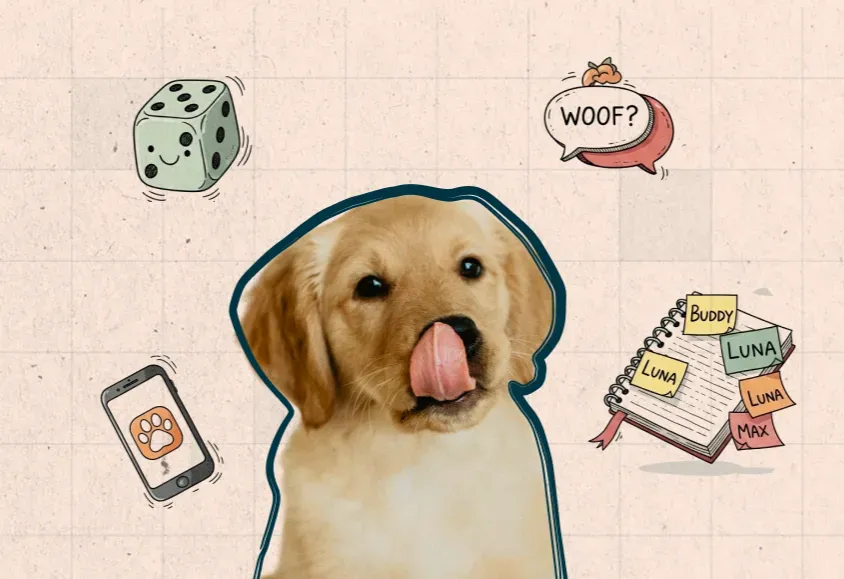All Pets
Directory
Media & Resources
Shelters & Rescues
Home
/
Dog Breeds
/
Hokkaido
Hokkaido
Origin
Japan
Size
Medium Breed
Ideal Space
House with backyard
Ideal Weather
10º-25ºC
Avg Monthly Expenses
₹4,650
Basic Lifestyle
₹6,600
Premium Lifestyle
Top 5 Traits
Fearless
Loyal
Energetic
Intelligent
Protective



Quick Information
Characteristics
Barking
Quiet
Loud
Temperament with Kids
Aggressive
Friendly
Playfulness
Silent
Very Playful
Friendliness
Not Friendly
Super Friendly
Compatibility with other dogs
Aggressive
Friendly
Need for attention
Independent
Very Needy
Monthly Expenses

Nutrition
Monthly Food Expenses
₹ 2,250 - ₹ 3,000
Calories per day
Puppies: 1500 kcal
Adults: 1200 kcal
Essential Nutrients
Protein
Fats
Carbohydrates
Minerals
Vitamins
Fibre
List of foods
Chicken
Fresh Meat
Fresh Fish
Fruits
Vegetables
Dry Dog Food
Breakdown of Macro-nutrients
Selecting Good Quality Food
Never feed these foods to Hokkaido
Avoid anything with these ingredients
Alcohol
Avocados
Cinnamon
Coffee / Tea
Fruit seeds
Garlic
Grapes
Lemon

Health
Avg Monthly Expenses
₹ 1,200 - ₹ 1,800
Common Health Issues
Bloat
Canine distemper
Hip Dysplasia
Heartworm
Lyme disease
Panosteitis
Parasites
Parvovirus
Well being
Exercise
Agility Training
Bonding
Games
Socialization
Hiking
Energy Level
High
Exercise routine
60 - 90 minutes
Recognising Stress
Changes in appetite
Excessive Barking
Pacing
Excessive Panting
Reluctance to move
Increased laziness
Medical Care
Vaccination details
Growth Stage
Core Vaccines
6-8 Weeks
DHPP (Distemper, Hepatitis, Parvovirus, Parainfluenza)
10-12 Weeks
DHPP booster, Leptospirosis, Lyme disease (if applicable)
14-16 Weeks
DHPP booster, Rabies
Every 1-3 years
DHPP booster, Rabies booster
Recommendations to care for senior Hokkaido dogs

Grooming
Avg Monthly Expenses
₹ 1,200 - ₹ 1,800
Shedding Level
High Shedding
Hygienic Checklist
Bathing
Ear Cleaning
Brushing
Eye Care
Nail Trimming
Teeth Care
Benefits of Grooming
Cleanliness
Low Shedding
Odourless
Prevents Bad Breath
Prevents infections
Quality of life

Adopt or Shop: The choice is yours!
Cost of buying
₹ 50,000 - ₹ 1,00,000
Prerequisites to pet a Hokkaido
Access to Groomer
Access to Veterinary
Appropriate Climate
Space and Environment
Willingness to train
Time and Effort
Now that you know what it takes to raise a Hokkaido, are you ready to take the next step to pet one?
Compare with similar breeds
Frequently Asked Questions
What is the temperament of a Hokkaido dog?
Hokkaido dogs are known for their loyalty, intelligence, and bravery. They are protective and can be wary of strangers, making them excellent guard dogs. They are also energetic and need regular exercise and mental stimulation.
What kind of grooming does a Hokkaido dog require?
Hokkaido dogs have a high shedding coat that requires regular brushing, especially during shedding seasons. They also need regular bathing, nail trimming, and ear cleaning to maintain their hygiene and health.
Are Hokkaido Dogs Suitable for Apartments?
Hokkaido dogs are best suited for houses with a yard due to their high energy levels and need for exercise. They can be adaptable to apartments if provided with sufficient daily exercise and mental stimulation, but a fenced yard is ideal.










